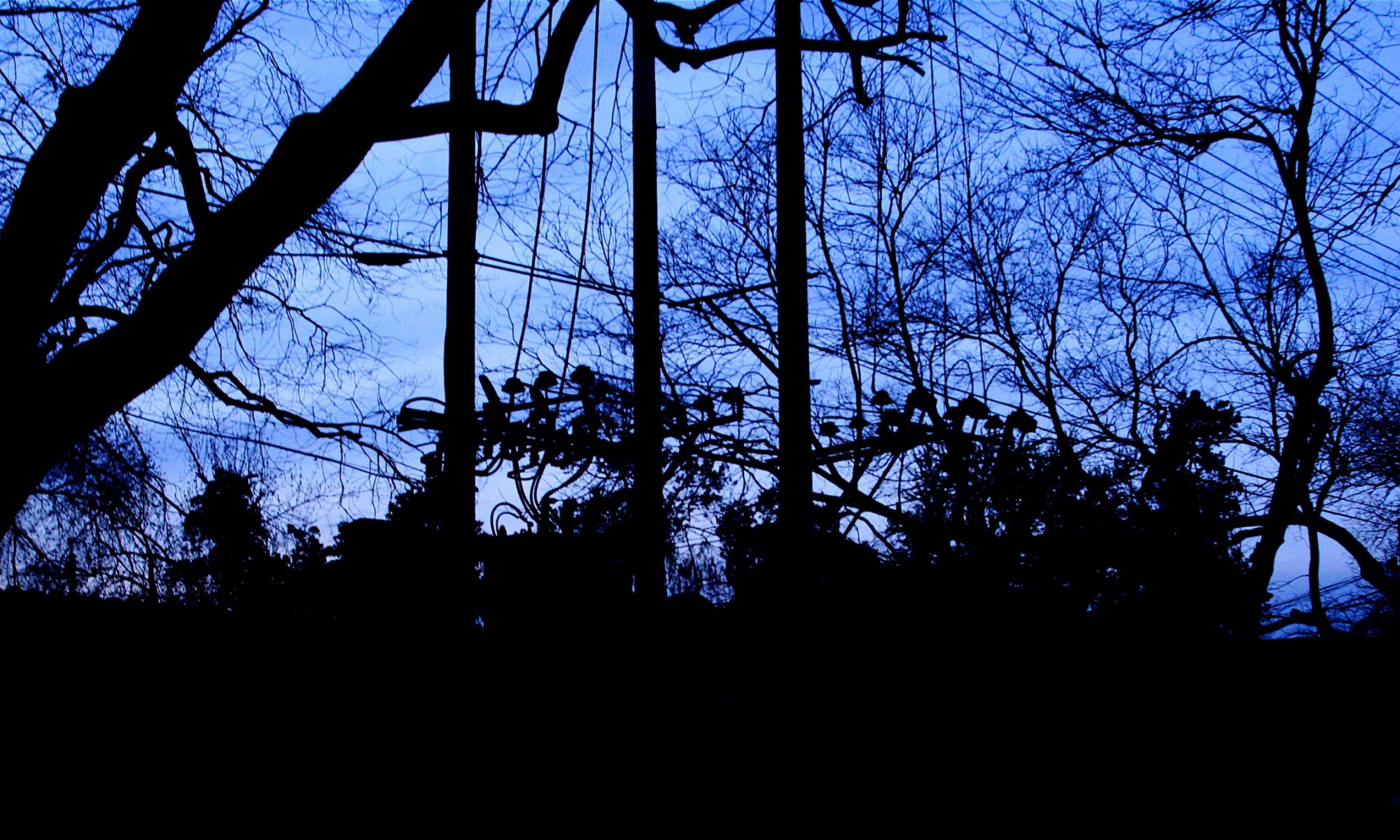Davey v Costanzo Lawyers Ltd [2021] VSC 449 is episode # c. 898 in my series about suits for fees, ‘Many a Slip Twixt Cup and Lip’.
A family law firm whose website modestly explains that they are the ‘best family lawyers’ sued its former client for professional costs and barristers’ fees for work done in 2018. They got default judgment for about $40,000 in June 2019, but they forgot to plead that they did the work set out in the bill, that being left to be inferred from the fact that they gave a bill.
In July 2019, a judicial registrar refused an application to set the default judgment aside. A Magistrate at Heidelberg, reviewing that decision, came to the same conclusion in August 2019. Then the plaintiff hired counsel and applied again to the same Magistrate to set aside the judgment, and she said no, again, in February 2020.
The lawyers had thrice claimed successfully that there was no merit at all in the client’s defence. But the client got a barrister, sought judicial review in the Supreme Court and jumped the arguable defence hurdle on the fourth attempt, clearing House v R in the same leap though it was strictly unnecessary to do so, and won on the basis that the complaint had been so badly pleaded that it did not make out a cause of action in debt, so that the default judgment was irregular and should have been set aside ex debito justitiae. Then she got costs.
The decision is also of interest in relation to the circumstances in which a second application to set aside a default judgment might succeed. Quigley J observed in dicta:
’36 The new or additional material argued before her Honour is set out above at [16]. Her Honour was sceptical that the matters identified were new or different. However, insofar as it is necessary to make any observation in this regard, it is apparent that a more cogent formulation of the basis of the potential defence(s) [was] articulated in this second application before her Honour. In my view, this may be sufficient to provide a change in circumstances from the situation which pertained before the Court on the first occasion.’
In other words, if you’re represented competently the second time and you self-represented the first time, that might be enough. Continue reading “Supreme Court sets aside default judgment in Magistrates’ Court and refers the fees to taxation instead of remitting suit for fees”
